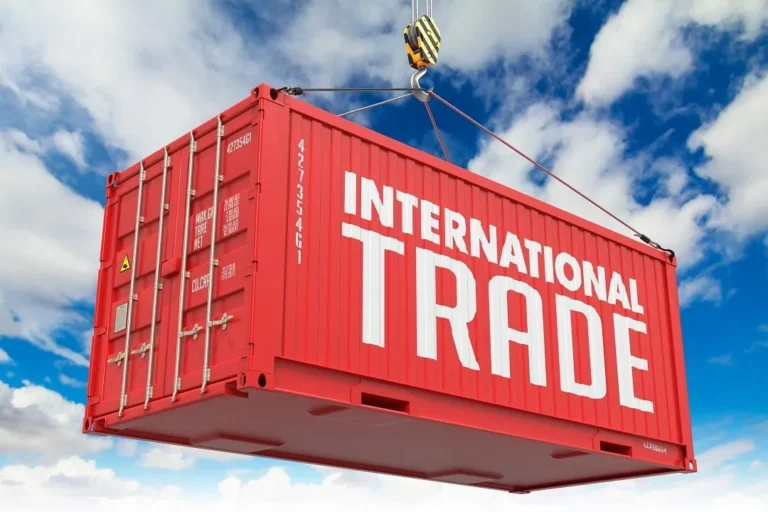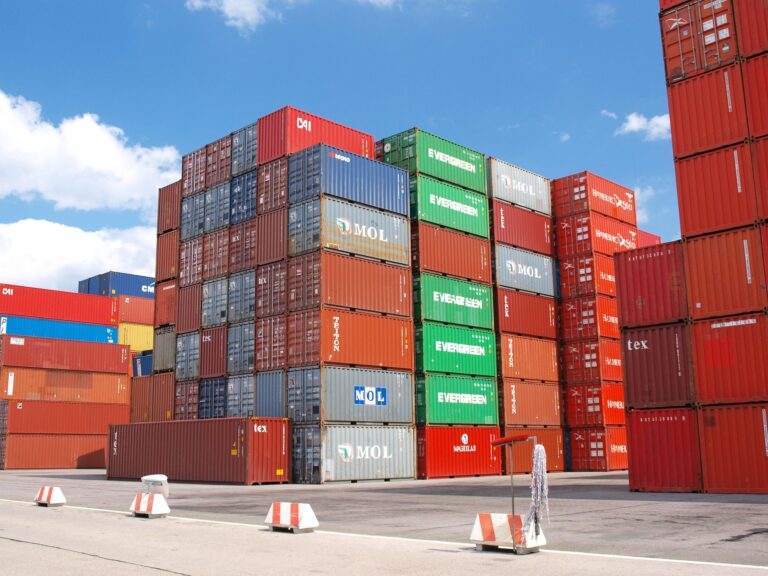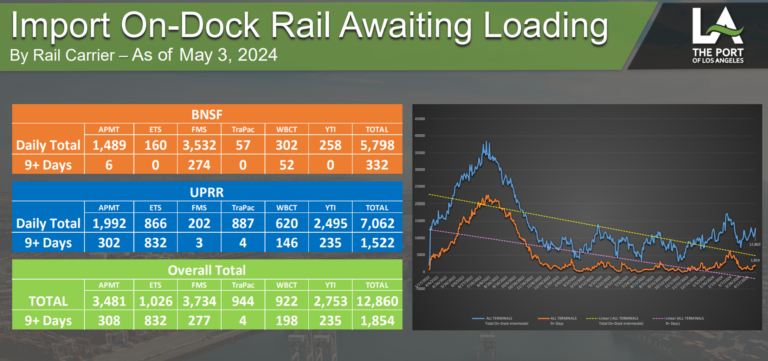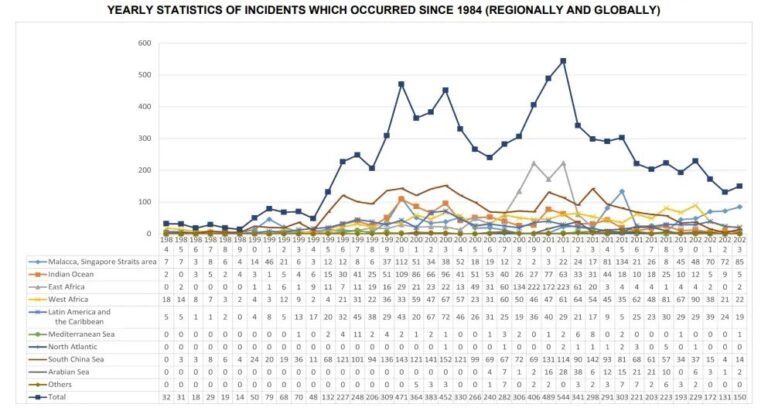Many Amazon warehouses are overstocked, causing U.S. shipping rates to skyrocket
Multiple Amazon warehouses are already overstocked, with long lines forming outside some of the most popular ones. During this critical period of slow seller deliveries and restocking, some employees have deliberately set fires in Amazon warehouses, further exacerbating the pressure on these facilities.
As U.S. import volumes surge, shipping prices on U.S. routes are skyrocketing, making it difficult to alleviate the overstocking situation in Amazon warehouses. Meanwhile, several shipping companies are rushing in to capitalize on the price hike, further driving up shipping rates.
Overstock at Amazon Warehouses
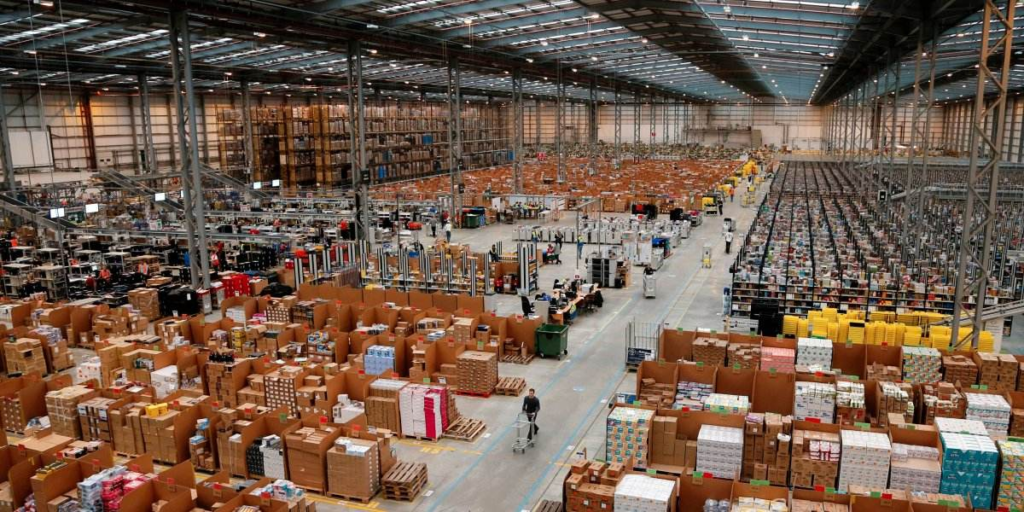
Recently, several Amazon warehouses have become overstocked, leading to frequent issues with slow restocking and receiving, causing some sellers to run out of stock.
According to reports, over a dozen warehouses, including GYR2, GYR3, LGB8, VGT2, SBD1, SBD2, SMF3, SMF6, FTW1, MDW2, FTN1, IAH3, and IND9, are experiencing overstock issues. These overstocked warehouses are often rescheduling or rejecting deliveries, with some having very high rejection rates and frequent rescheduling.
Additionally, warehouses such as CLT2, RDU2, ORF2, ABE8, SWF2, and TEB9 are also frequently delaying or canceling appointments, severely affecting delivery times.
Among these, the situation at LGB8 is particularly concerning. Trucks are lined up three streets deep, and it is uncertain if they will be able to successfully unload their cargo.
As mentioned that during certain periods, Amazon may redirect shipments intended for LGB8 to LAX9, an internal reallocation by Amazon that doesn’t affect sellers.
Furthermore, shipments to VGT2 have not been logged for over a month. Sellers have also received notifications from freight forwarders that all appointments at the LAS1 warehouse have been canceled and rescheduled to mid-July.
Former Amazon employee accused of spying on arson in warehouse
The deliberate arson by employees in these already overburdened warehouses has only exacerbated the crisis, making an already challenging situation even worse.
A former Amazon employee has been charged with setting a fire earlier this month at an Amazon fulfillment center near Dayton International Airport. Video surveillance from Amazon shows the former employee entering a restricted area, leaving shortly before the warehouse caught fire.
The 25-year-old former employee has been held in Montgomery County Jail since his arrest at the Amazon warehouse. While the extent of the damage to the warehouse remains unclear, repairs and recovery efforts are expected to cause further delays.
Currently, multiple Amazon warehouses are overstocked, placing significant pressure on the fulfillment centers. Any disruptions can cause unnecessary losses for some sellers, potentially affecting their performance during this year’s Prime Day sales event.
Given the current situation, with U.S. import volumes continuing to rise, the overstocking issues at Amazon warehouses are unlikely to be resolved soon. Additionally, shipping costs are expected to keep increasing.
Surge in Trade Volumes and Shipping Rates Between China and the U.S.
On June 10, the National Retail Federation (NRF) raised its monthly import volume forecast once again, predicting that consumer spending in the U.S. will increase by 2.5% to 3.5% compared to 2023.
Jonathan Gold, NRF Vice President for Supply Chain and Customs Policy, stated, “Consumer spending continues to exceed last year’s levels, and retailers are increasing their inventory to meet demand, especially as we approach the peak shipping season.”
Global Port Tracker forecasts that this summer, the monthly import volumes at major U.S. container ports will reach their highest levels in nearly two years. Specifically, June’s container imports are expected to increase by 15.2% year-over-year; July’s imports are projected to grow by 9.5% compared to July 2023; August’s import volume is anticipated to rise by 10.6% year-over-year; and September’s imports are also expected to increase by 1.7%.
Data released by the General Administration of Customs of China indicates that the total trade value between China and the U.S. in the first five months of 2024 reached 1.87 trillion yuan, marking a 2% year-over-year increase. Of this, China’s exports to the U.S. amounted to 1.39 trillion yuan, up 3.6%, resulting in a trade surplus of 911.18 billion yuan, an increase of 7.2%.
Shipping prices have always been closely tied to demand. With the robust demand for goods from the U.S., continuous price hikes in shipping are inevitable.
The rate of price increases has far exceeded the expectations of many sellers, and according to the latest consultations released by shipping companies, the upward trend in U.S. route shipping rates is expected to continue into July.
Additionally, the instability in shipping capacity is contributing to the groundwork for further price hikes on U.S. routes. Recent developments suggest that major strikes might occur at East Coast ports, further exacerbating the situation.
Escalating Labor Tensions and Shipping Rate Surges

On June 10, the International Longshoremen’s Association (ILA) announced a suspension of negotiations with the United States Maritime Alliance (USMX), intensifying labor tensions at East Coast ports and raising the threat of a major strike.
Previously, the ILA and USMX had agreed on a six-year labor contract covering approximately 45,000 dockworkers from Boston to Houston, including six of the ten busiest ports in the U.S. With less than four months remaining before the contract expires, the union’s chief negotiator, Harold Daggett, indicated that union members would cease work after the contract ends, potentially initiating a strike as early as October.
Compounding these issues, the ongoing turmoil in the Red Sea has led to global port congestion, with many container ships rerouting, resulting in significant losses in shipping capacity. This has caused a severe shortage of containers, making it extremely difficult to secure shipping space. Coupled with peak season surcharges from major shipping companies, U.S. route shipping rates have reached staggering heights.
Moreover, shipping rates on other routes have also been rising steadily. Since May, container shipping rates to Europe, the Mediterranean, South America, North America, and parts of Africa have surged to levels comparable to those during the peak of the pandemic.
Shipping companies are entering the market aggressively, pushing up freight rates

Due to continued price surges, some shipping companies have found it profitable to accelerate their operations.
Firstly, smaller shipping firms that had withdrawn from long-haul routes post-pandemic are now leasing ships and containers again, announcing the resumption of services to Europe and America.
SeaLead has restarted its irregularly operated West Coast America (AWC) route, planning two sailings in June with the first voyage starting on June 16 and the second on June 26. BAL has also resumed its China-Mexico Express (CMX) service, which was halted after the pandemic ended in January 2023, scheduling two round trips in June and July.
Simultaneously, several companies like Ellerman City Lines and TS Lines are planning to return to long-haul routes.
While smaller shipping companies are re-entering the market, major players are also active. For instance, CMA CGM from France has implemented peak season surcharges and launched innovative surcharges on European and Mediterranean routes to further increase revenues.
Moreover, major shipping lines such as MSC, COSCO, Hapag-Lloyd, ONE, and OOCL are concentrating on launching new large container vessels to maximize profits.
With increased competition from both small and large shipping companies, the tight shipping capacity situation may begin to ease, but there is currently no indication of a downward trend in freight rates.
If want more information or ocean freight,you can feel free to contact with us!
